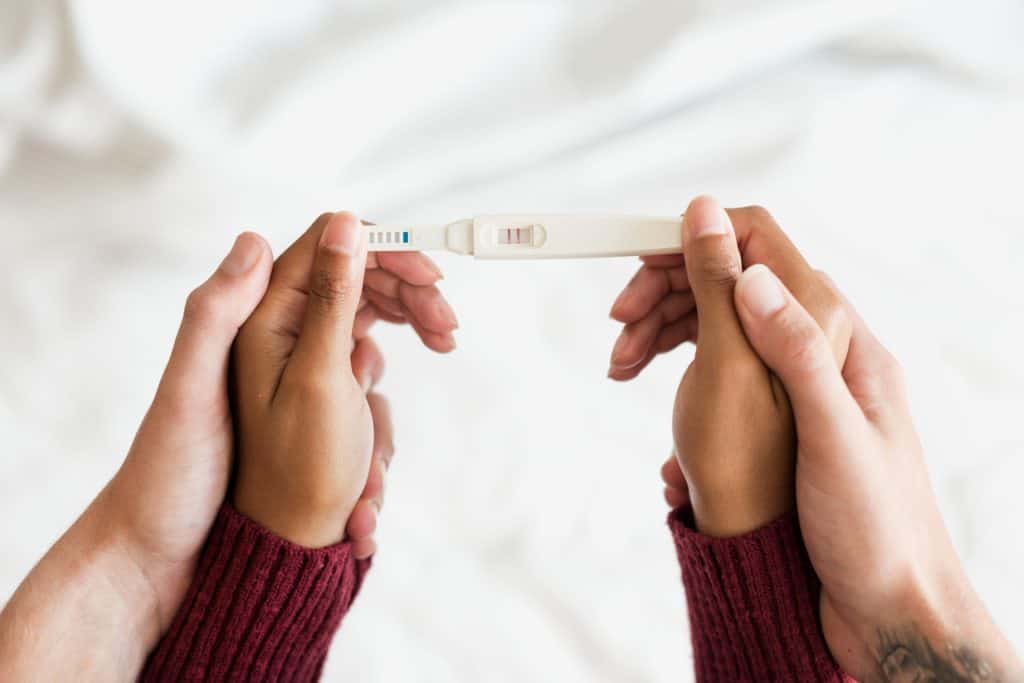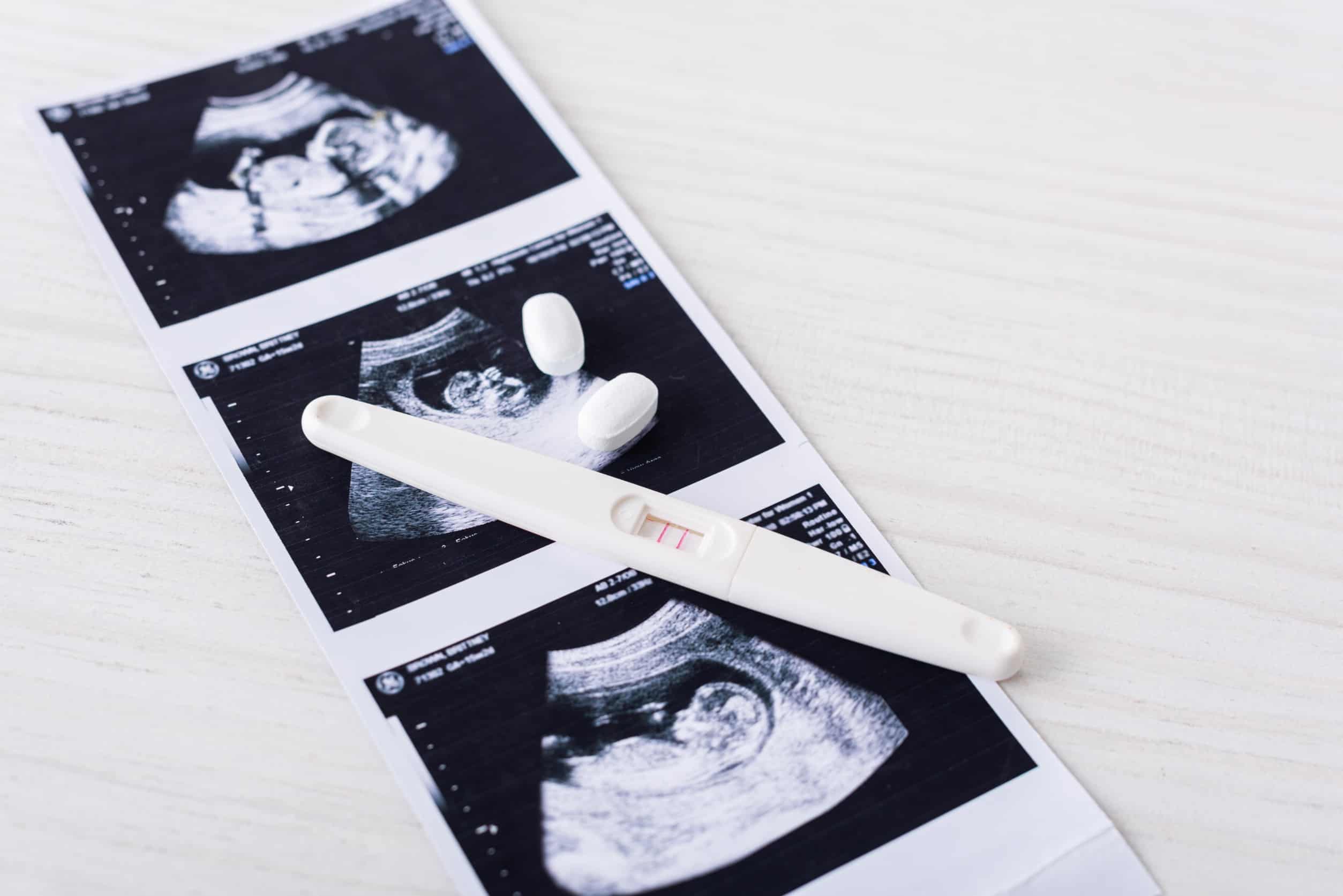Many women dream of the day when they can become mothers. To some, it may come easy, while others may struggle with fertility issues for years.
No matter your situation, taking a home pregnancy can be a nerve-racking experience. Add to it the uncertainty of taking it correctly and reading it and you have the recipe for a stressful anxiety-filled moment when you should be feeling calm and joyful.
Figuring out how and when to take the test, how to read the different lines, knowing what a positive test looks like, learning what a dye stealer pregnancy test is, and what an evaporation line is can be overwhelming.
Therefore, knowing the facts about home pregnancy tests before taking one can help you feel at ease and confident when taking the test.
Things to Know About Pregnancy Tests
Detecting a Pregnancy

A pregnancy begins the moment a fertilized egg implants in the lining of the uterine wall, typically two to three weeks after sexual intercourse.
When implantation occurs, the placenta starts to produce a hormone called human chorionic gonadotropin (hCG).
Home pregnancy tests detect hCG levels in urine during the first trimester. Chemicals in the tests interact with the hCG hormone to show a line, dot, or plus sign.
Most home pregnancy tests have a main window in which two lines can appear. The first line is the control line. It indicates the test is working and thus should always appear whether you are pregnant or not.
The second one is the test line, which if present is an indication of pregnancy. Typically, any line with color in the test area no matter how faint is considered a positive pregnancy test. The control line is normally the darkest of the two lines.
Some home pregnancy tests have a separate window for the control and the test sample. The manufacturer’s instructions will explain how to use and read the results.
hCG Hormone
What It Does
As egg implantation occurs, the placenta begins to produce hCG, a hormone that prevents the uterus from shedding.
Studies have found that the levels of hCG in 99% of normal pregnancies tend to increase rapidly during the first trimester; typically, by at least 49% every 48 hours. At about 45 days after implantation, hCG levels plateau and begin to taper off.
In general, hCG hormone levels are quite low in the days immediately before and after the first missed period. Therefore, testing at home during this time can produce false negatives, which are more common than false positives.
Keep in mind, however, that hCG levels can vary from person to person and pregnancy to pregnancy. Additionally, some women simply produce lower levels than others.
There appears to be no difference between ethnicities when hCG concentrations are compared. However, levels of the hormone tend to be lower during early pregnancy in women with higher pre-pregnancy body mass index (BMI).
Additionally, hCG concentration seems to be at its highest during the morning, and drinking too much water can dilute the hormone concentration in urine.
Hormone Levels and Home Pregnancy Tests
Some home pregnancy tests promise to give results more than five days before a missed period. However, this is highly unlikely as it all depends on the level of hCG in urine.
A 2014 study revealed the average concentration of the hCG hormone in urine nine days after ovulation, which is five days before a missed period, is 0.93 milli-international units per milliliter (mlU/ml).
Most early tests only detect hCG at 25 mlU/ml or more. This concentration only happens after ovulation on the 11th day from implantation.
By the 14th day, hCG levels are usually around 137 mlU/ml. However, some can be as low as 45 mlU/ml.
Keeping these hormone concentrations and the timing of your testing in mind will help you avoid unnecessary stress and anxiety as you go through your pregnancy testing journey.
Dye Stealer Pregnancy Test Meaning Explained
When a positive test line in a urine home pregnancy test is stronger than the control line, it is called a “dye stealer pregnancy test.”
This happens when hCG hormone levels are high enough that they pull, or “steal,” dye from the control line. The result is a strong positive test line and a faint control line.
Additionally, when hCG hormone levels are high, an immediate positive test is also likely to happen, which may feel like an overwhelming yes.
Many women seem to associate a dye stealer pregnancy test with a healthy pregnancy and worry when a faint line appears instead. Some women tend to test until they get a positive dye stealer pregnancy test.
However, there is no scientific evidence that a faint positive test line is any indication of an unhealthy pregnancy or that there is any danger to your baby.
Furthermore, some may consider a positive dye stealer pregnancy test an indication of twin pregnancy. Although having a strong positive dye stealer test early in the pregnancy may be a sign of a twin pregnancy, it is not an accurate way to determine that such is the case.
To accurately validate and date a pregnancy, as well as to confirm twin pregnancy is to conduct blood tests and ultrasounds at your doctor’s office.
Evaporation Lines

An evaporation line is a light, colorless streak where the positive test result should be. It only appears when the pregnancy test is negative or when the test is taken too early and hCG hormone levels are still undetectable.
The presence of an evaporation line may be considered a false positive; however, there are ways to avoid this error.
An evaporation line typically appears when a pregnancy test is read past the suggested time by the manufacturer; usually no more than ten minutes.
When read after the time limit, the urine in the pregnancy test evaporates and leaves behind a distinct colorless line where the positive line should have appeared.
An evaporation line can also appear when the pregnancy test is done incorrectly, such as when accidentally wetting the test. Using a test that is past its expiration date, or one that has been kept outside the recommended storage conditions can also produce faulty results.
If the control line does not appear at all during the testing, you’ll know you have a defective test and you may want to take another one.
If you see an evaporation line, it is best to take the test again. Additionally, you may want to wait a few days in case low hCG levels was the issue. This will allow your hCG hormone to accumulate if you are indeed pregnant.
Evaporation lines are not an issue with digital pregnancy tests as the results are displayed differently.
Final Thoughts
Taking a home pregnancy test can be a nail-biting, intimidating experience. Figuring out how to use and read the test can take the joy out of finding out if you are pregnant.
Educating yourself about how to properly take the test, when the best time to do so is, what a positive test line and evaporation line looks like, and what a dye stealer pregnancy test is will take the guesswork out of the entire process.
Knowing the right information will allow you to feel confident and calm as you undertake your pregnancy journey.








